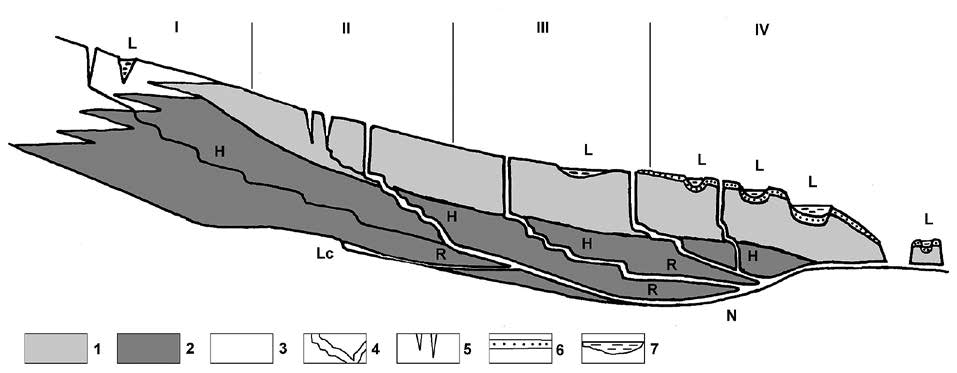Glacial Karst, Why It is Important to Research
DOI:
https://doi.org/10.3986/ac.v35i1.243Abstract
Glacial karst (GK) is combination of phenomenon and processes as a result of which specific surface forms and cavities inside ice are formed. Hummocky relief with abundance of lakes, channels and reservoirs inside ice and on ice-rock contact are typical for GK. GK development occurs under acting of physical process of ice melting instead of limestone dissolution in classical karst. However processes directivities and arising forms in both cases are similar at system level. As karst processes in ice origin very fast it is give possibility to use them as physical models for limestone karst. Vice-versa, we can understand GK better if we use results of limestone karst investigations. However in both cases only general regularity can be used because some specific features are typical for each kind of karst. GK shows in development of such forms in ice: internal drainage systems (moulins, shafts, cascades, vadose galleries and phreatic channels, siphons, griphons) and under ice (vadose and phreatic channels), dry and water fill dolines on clean ice and on ice covered by moraine (debris-covered glaciers), glacier caves. Stages of GK development completely correspond to stages of limestone karst development. But because of glaciers motion it is possible to observe all stages of GK development on the surface of the same glacier from decrepit (at glacier tongue) up to early (in upper part of ablation zone). GK has large significance in glaciers evolution. GK is widely spread in all temperate and polythermal glaciers of the world. The accelerated glaciers degradation in present time gives a task of mandatory analysis of GK because of many glaciers can disappear very soon.
Downloads

Downloads
Published
How to Cite
Issue
Section
License
Authors guarantee that the work is their own original creation and does not infringe any statutory or common-law copyright or any proprietary right of any third party. In case of claims by third parties, authors commit their self to defend the interests of the publisher, and shall cover any potential costs.
More in: Submission chapter




